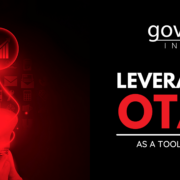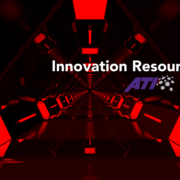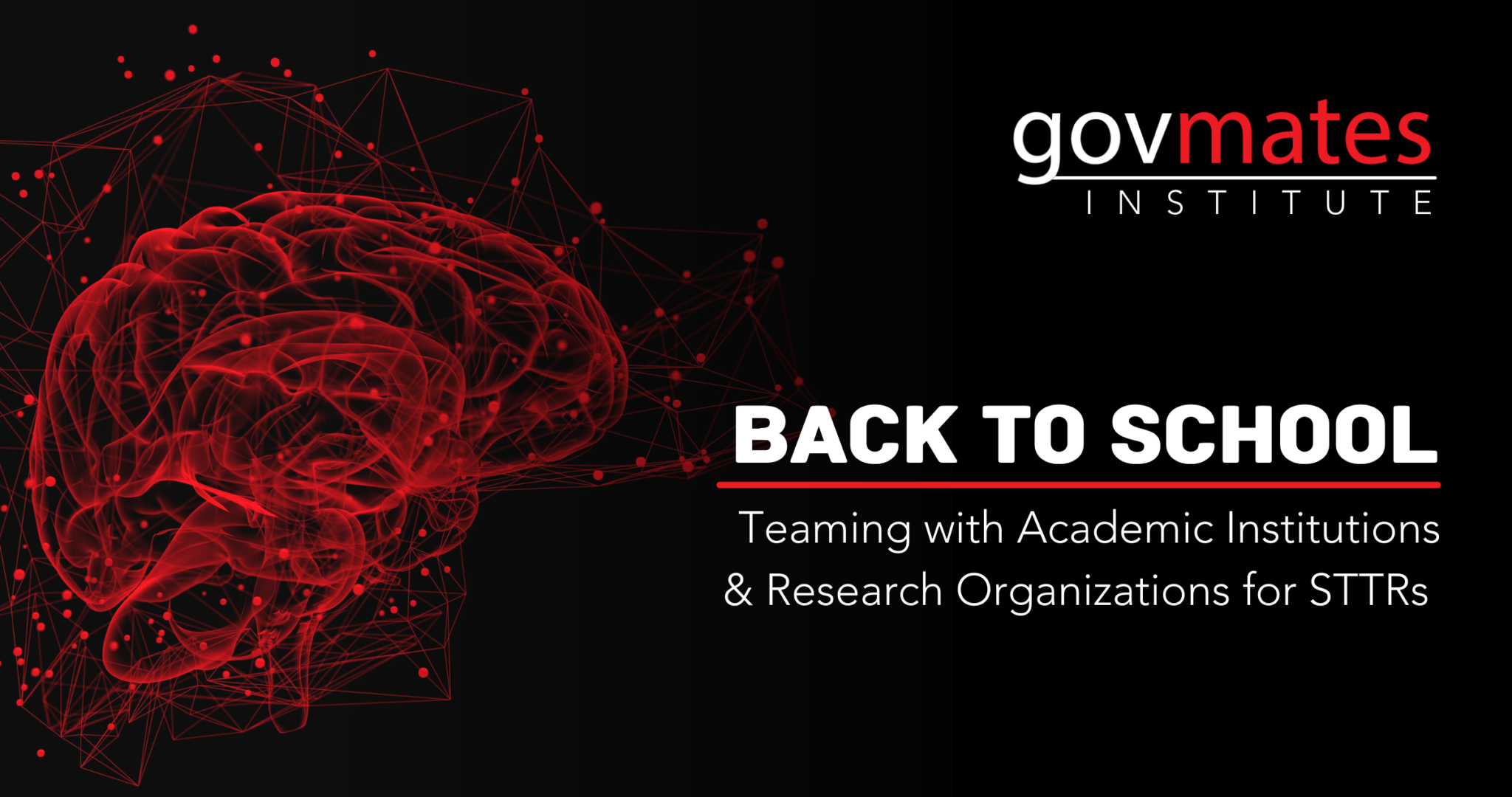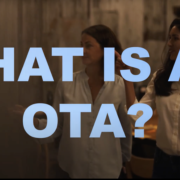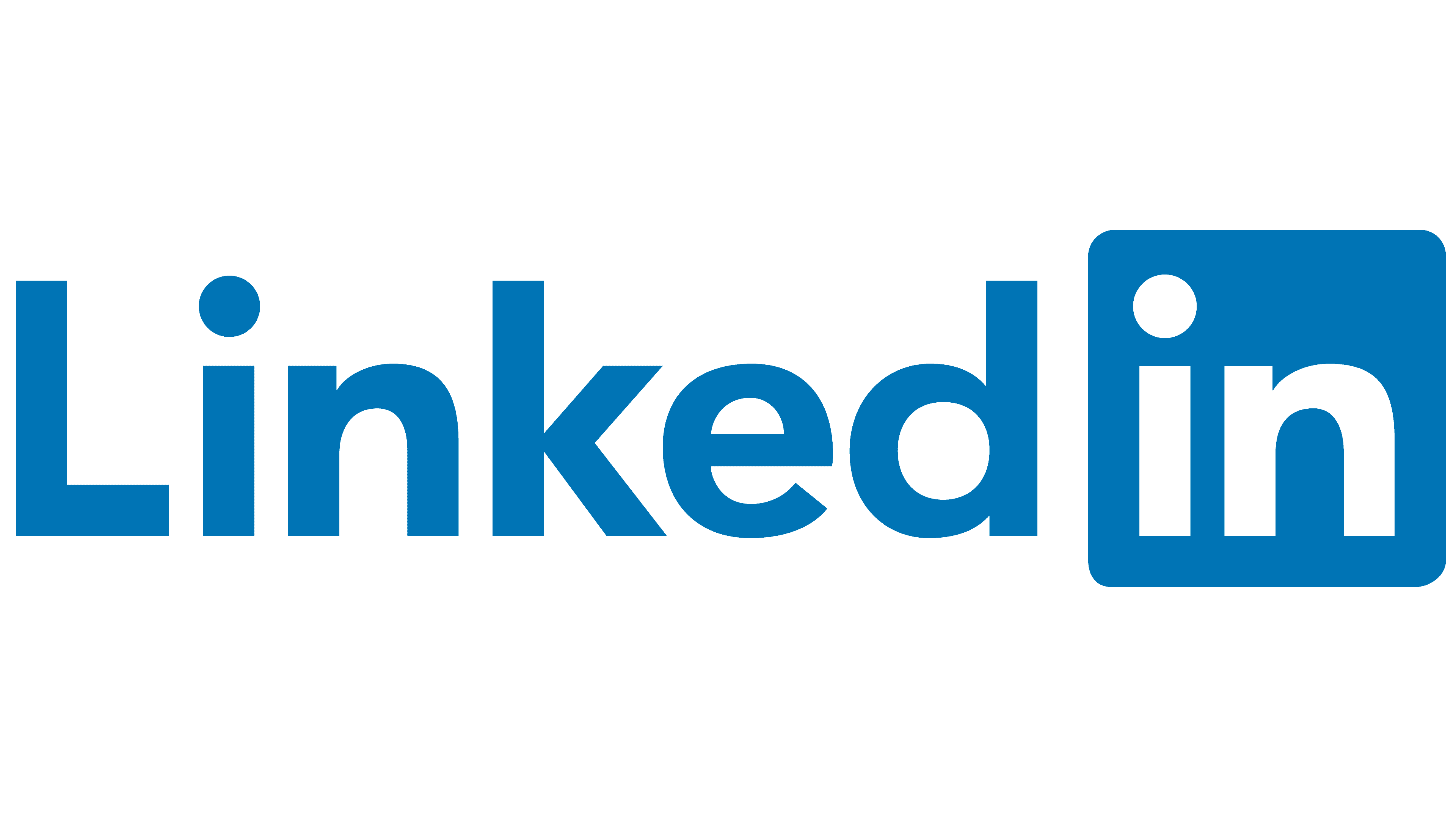On October 21, 2021 the govmates team hosted a virtual Institute to discuss Leveraging OTAs as a Tool for Growth. Our speakers included Bob Tuohy, Retired COO, Advanced Technology International (ATI), Jason Havel, VP, Alluvionic Inc and Jim Ghiloni, Director, Wolf Den Associates moderated by govmates Co-Founder Stephanie Alexander.
The panel provided several comments and important takeaways for businesses looking to utilize OTAs in their capture strategy.
What is the Biggest Mistake Small Businesses Make When Pursuing OTAs?
One of the biggest mistakes our panelists have seen is stretching themselves too thin and joining too many consortia whose technology areas may not be the best fit, instead of focusing on the 2 or 3 that best align with the company’s capabilities. In this case, more does not equal better. Invest your time and resources in consortia that actually compete for opportunities that align with your company’s skillset.
How can a company best utilize OTAs?
An important note made to kick off the discussion was that OTA’s are not magic bullets or get-out-of-jail-free schemes to circle around the government bureaucracy(though wouldn’t that be nice!). Instead, the panel suggested bringing the OTA opportunity to your customer and educating them about the option and how it will be beneficial to their mission. In essence, OTA’s are tools, and helpful ones at that. They provide for increased free and open collaboration, the opportunity to discuss the art of possible and understand how to best provide solutions to the real problems that need solving.
In a good model, you have collaboration events amongst the members. Within OTA consortia, you’re incentivized to team. These collaborations build teams that may not have been built before, and open doors to new partners they you may not have met under conventional (FAR-based) circumstances.
How Do You Educate Your Government Customer About the Use of OTA Vehicles?
While OTAs might be an older vehicle, they may be very new to your customer. In that circumstance, don’t be alarmed if they determine they need to consult with others within their organization to determine if they want to move forward.
In short, start with the capability you’re selling. What solution or innovative capability do you have and how can you adequately convey the need for your solution, to your customer? Identify and present examples of other government customers who have used OTAs and the success they achieved. From there, get cozy with the program managers, contracting shop, and your points of contact. Establish a good relationship early on and continue to feed it as you move through the process.
Where is the Trend of OTA Use headed?
Wolf Den Associated identified significant growth from 2015 to present, in fact, a 92% growth. The majority of the spend is still within DoD which resulted in about $16 billion in FY2020, up from less than $1 billion 5 years ago. The vast majority of the spend is for R&D, while there is some spend in services and products (albeit minimal). There was a thought at one point about using OTAs to get to products but that’s not come to fruition yet. As they’re primarily being used for R&D a lot of the spend is flowing through consortia.
To take this further within OTA consortia, prototypes are moving into production which will be a key metric to measure. The industry will see increased activity in that space especially when non-traditionals have reached the point where they can prime those production contracts.
Joining a Consortia
Sometimes it’s tough for small businesses to know which consortia to join. It’s helpful if you look at the last batch of RFPs that went thru a consortium to determine if it’s a good fit for you. If those RFPs align with your trajectory, then it’s worth giving thought to joining. Additionally, If you see your competitors in the consortia, then that could mean (depending on your school of thought) it might be an opportunity for you as well.
We want to give a big thank you to our panelists and attendees for providing their thoughts on this discussion. To see the replay in full, please visit: https://youtu.be/BKmajxoEoeQ


